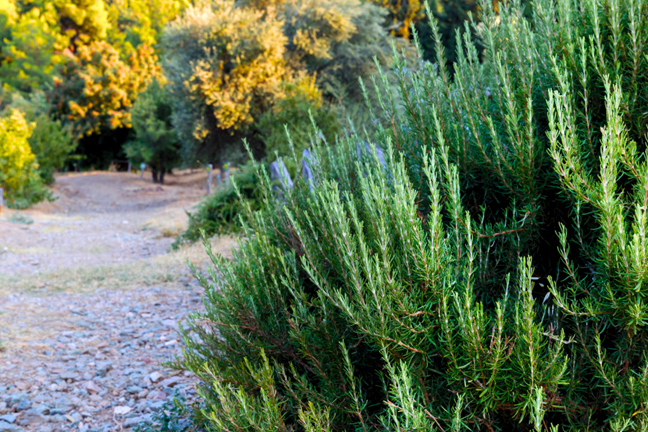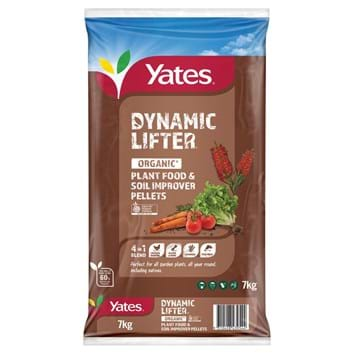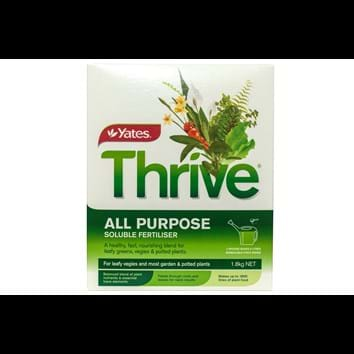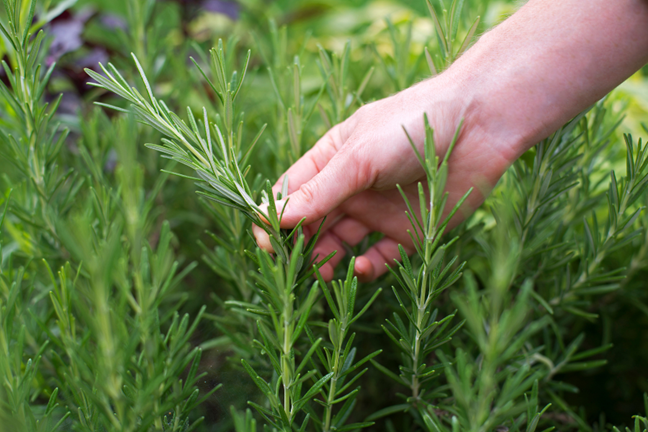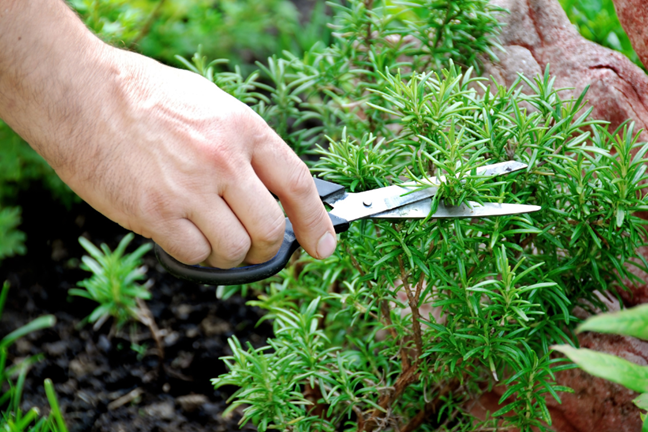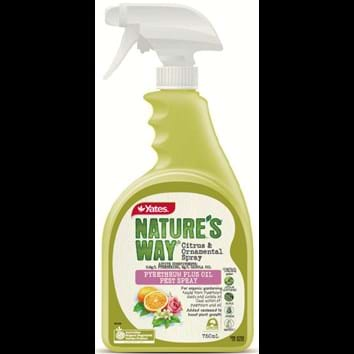
Rosmarinus officinalis
How to Grow Rosemary
Rosemary is an attractive and superbly fragrant perennial shrub-like herb that is easy to grow in garden beds or pots. Rosemary grows wild in Gallipoli, where the Anzacs fought during World War 1. It is seen as a symbol of remembrance, with sprigs of rosemary often worn on Anzac and Remembrance Days. Rosemary can grow up to 1.5 m tall, but there are prostrate or low-growing forms too, that only reach 20-30cm high. There are also varieties with different flower colours, including various shades of blue, lilac, pink and white.
Native to the Mediterranean region, Rosemary grows well in hot and dry climates and is incredibly drought-tolerant, once established. Rosemary is ideal for adding flavour to roasts and casseroles, as well as pasta, bread and pizza. Most Rosemary varieties have their peak flowering season in late spring or summer, although they can flower sporadically throughout the year. Rosemary’s flowers are a great attractor of bees and other beneficial insects.
Full Sun
Drought Tolerant Once Established
Well-Drained Soil
Suitable for All Climate zones
Harvest All Year Round
Plant in Spring to Autumn

